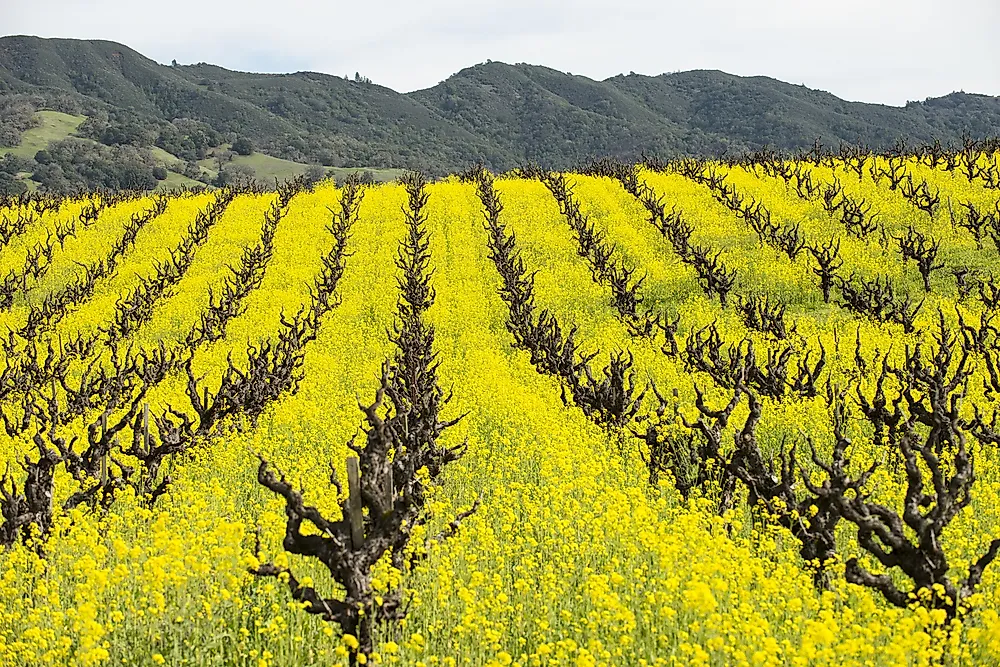What Is A Cover Crop?

What Is A Cover Crop?
A cover crop is a crop that is planted in order to combat issues such as soil erosion, soil moisture, pests, crop diseases, and more. Cover crops play an important role in improving the health of an agroecosystem, which is a human-managed ecosystem used to produce food, fiber, or animal feed. Here is a list of the utilities of cover crops.
Covers Crops Reduce Soil Erosion
One of the most important purposes of cover crops is its ability to reduce soil erosion. The roots of the crop plants help anchor the soil in place and prevent soil run-off by rainfall. The root network of the plant also increases soil porosity and provides a suitable habitat for soil macrofauna to live in. The macrofauna is responsible for enriching the soil for plant growth.
Cover Crops Increase Soil Fertility
Cover crops are often planted to increase soil fertility. Such types of crops that enhance soil fertility are called “green manure.” They are primarily useful in soil nitrogen management as nitrogen often becomes a limiting factor in plant growth. Green manure crops are usually leguminous in nature and are therefore members of the Fabaceae family. The crops are rich in nitrogen which is conventionally applied to the crop field in the form of chemical fertilizers. Another unique property of these leguminous plants is that the root nodules of these plants house the bacterium Rhizobium. The bacteria and the plant form a symbiotic relationship where the bacteria obtain its nutrients from the plant and, in turn, helps the plant to fix atmospheric nitrogen and store it in the roots. Thus, the growth of leguminous plants allows for the supply of nitrogen nutrient to the soil in a natural manner instead of using artificially synthesized nitrogen fertilizers which are environmentally harmful. Examples of green manure crops include bean, lentils, peas, alfalfa, and lupins.
Cover Crops Ease Soil Water Management
Cover crops help in the water management of a crop field. The organic matter added to the soil by the cultivation of cover crops changes the soil profile over time, facilitating the management of the soil watering process. The organic content of the soil acts as a natural physical barrier between the soil surface and rainfall, allowing the raindrops to gradually and steadily trickle down the soil profile. Also, the network of roots of the cover crop creates soil pores that allows for the rainwater to enter deep into the soil instead of being drained off the field as surface runoff. Thus cover crops help in water conservation and minimize surface run-offs to nearby water bodies. In turn, they minimize the pollution of nearby water bodies by such run-offs. The increased water infiltration of the soil improves the water storage potential of the soil and also replenishes the underground aquifers. Cover crops also act as a barrier in preventing the evaporation of moisture from the soil and thus help to conserve soil moisture. In some regions, however, the cover crops do not help in water conservation but actually, draw down the soil water supply. This happens in the case of cover crops grown in temperate regions during the spring season.
Cover Crops Improve Soil Quality Over Time
The cultivation of cover crop every crop cycle gradually changes the quality of the soil by increasing the levels of soil organic matter due to the input of cover crop biomass over time. The increase in organic soil matter improves the structure of the soil as well the capacity of the soil to hold nutrients and water. Keeping in mind the rise in atmospheric carbon-dioxide triggering global warming, increased soil organic matter can also enhance carbon sequestration, a process that involves carbon capture and the long-term storage of atmospheric carbon dioxide.
Cover Crops Help Disease Management
Cover crops help break the cycle of crop diseases and reduces the population of plant pathogens like bacteria and fungi. For example, if mustard is planted as a cover crop, the toxic properties of mustard helps to suppress the fungal disease populations in the agricultural field that will protect the cash crop from disease.
Cover Crops Aid In Weed Management
Cover crops are an excellent aid in weed management. The cover crops compete with weeds and prevent them from colonizing the crop field. The weeds, unable to obtain sufficient space, nutrients, and light, fail to grow. This is termed as the cover crop smother effect. Even after death, the cover crops form a mulch layer on the surface of the soil that checks the growth of weeds on such soil.
Pest Management With The Help Of Cover Crops
Some cover crops are used as trap crops in order to eliminate pests from a crop field. Such crops are often planted together with the crop of commercial importance in a separate area or within rows of the cash crop itself. The cover crops that are planted usually provide a more favorable habitat for the pests who collect in the cover crop region in greater numbers. The farmers treat the cover crop areas with pesticides or physically mow down the area to eliminate the burden of pests from the crop field. Thus, the crops of commercial importance remain least affected by pest attacks.
Cover Crops Improve The Biodiversity Of A Place
Since cover crops grow with less human interference in the crop field than the commercially important crops, the cover crop growth period provides a less disturbed environment that allows for local wildlife to thrive in the region.











